Home>Furniture & Design>Interior Design Trends>How Was Glass Invented
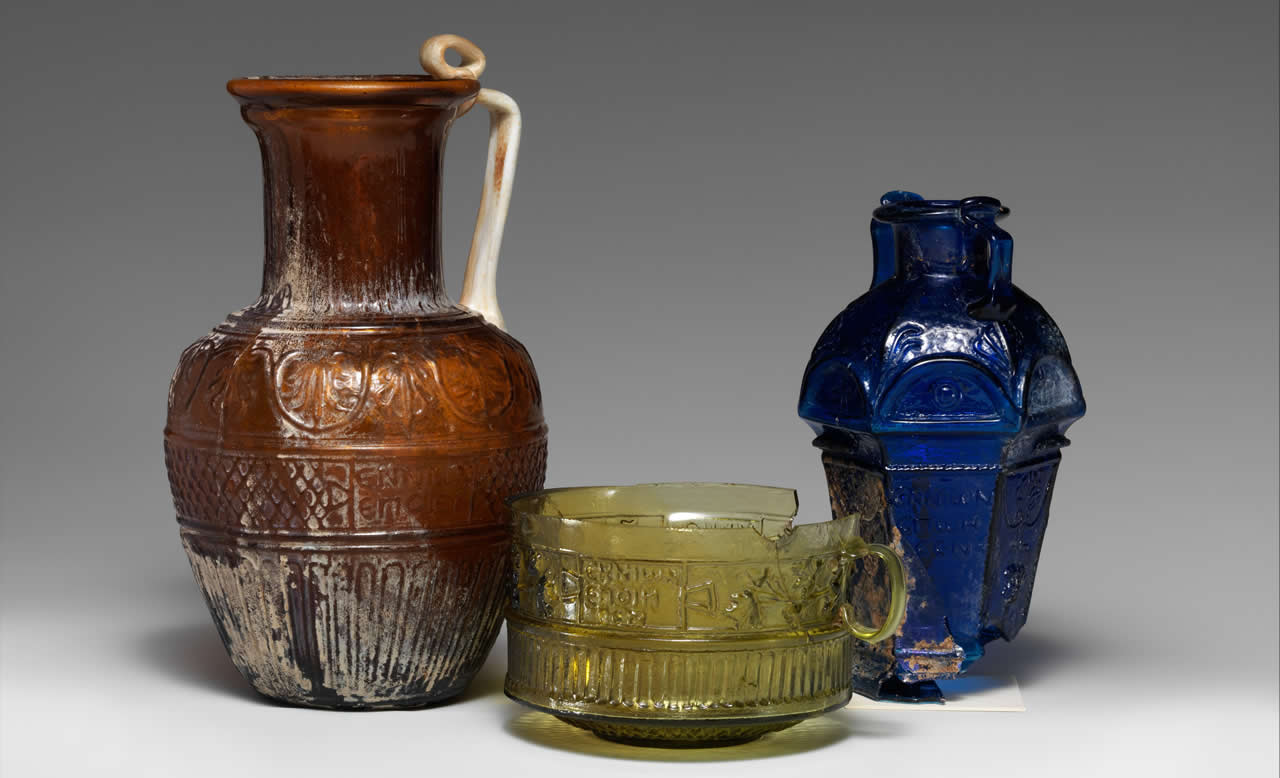

Interior Design Trends
How Was Glass Invented
Modified: February 18, 2024
Discover the fascinating history of glass and its impact on interior design trends. Learn how this versatile material has shaped modern architecture and decor.
(Many of the links in this article redirect to a specific reviewed product. Your purchase of these products through affiliate links helps to generate commission for Storables.com, at no extra cost. Learn more)
Introduction
Glass, a material that has been an integral part of human history for centuries, holds a fascinating story of invention and innovation. Its unique properties have made it a versatile and indispensable material in various aspects of human life, from architecture and interior design to scientific instruments and everyday household items. The journey of glass, from its early discoveries to modern innovations, is a testament to human ingenuity and creativity.
The invention of glass dates back to ancient times, with evidence of its existence found in Mesopotamia around 3500 BCE. Initially, glass was used to create small decorative objects and jewelry, showcasing the early fascination with its translucent and reflective qualities. As civilizations evolved, so did the applications of glass, leading to the development of sophisticated glassmaking techniques that revolutionized various industries.
Throughout history, the art of glassmaking has been intertwined with cultural and technological advancements, shaping the way we perceive and utilize this remarkable material. From the ancient civilizations of Egypt and Rome to the medieval glassblowing techniques of the Middle Ages, the evolution of glass reflects the creativity and resourcefulness of human societies across different eras.
In the modern age, glass has become synonymous with innovation and elegance, finding its place in contemporary architecture, interior design, and technological advancements. The fusion of traditional craftsmanship with cutting-edge technology has propelled glassmaking into a realm of limitless possibilities, allowing for the creation of intricate glass structures, energy-efficient windows, and state-of-the-art glassware.
As we delve into the history and evolution of glass, we uncover a narrative of resilience, adaptability, and creativity. The journey from ancient glass beads to modern skyscrapers encapsulates the human spirit of exploration and discovery, showcasing the enduring impact of this transparent marvel on our lives.
In the subsequent sections, we will delve deeper into the early discoveries of glass, ancient glassmaking techniques, the invention of the blowing technique, glassmaking advancements in the Middle Ages, and modern innovations that continue to shape the world of glass as we know it today. Join us on this captivating journey through time and innovation as we unravel the captivating story of glass.
Key Takeaways:
- Glass has a rich history, from ancient Mesopotamia to modern innovations, showcasing human creativity and resilience. Its evolution reflects the enduring impact of this transparent marvel on our lives.
- Ancient glassmaking techniques, such as core forming and glassblowing, revolutionized the art of glass, shaping its cultural and artistic significance. Modern innovations continue to push the boundaries of creativity and sustainability.
Read more: When Was Glass Invented
Early Discoveries of Glass
The early discoveries of glass trace back to ancient civilizations, marking a pivotal moment in human history. The origins of glass can be traced to Mesopotamia around 3500 BCE, where the first instances of glass production were documented. Initially, glass was formed through a natural process, as a result of the intense heat generated during the production of ceramics. This accidental discovery unveiled the mesmerizing properties of glass, captivating the imaginations of ancient artisans and craftsmen.
The earliest forms of glass were not the transparent and pristine material we recognize today, but rather crude and opaque. These early glass artifacts were primarily used for creating small decorative objects and jewelry, showcasing the early fascination with its unique properties. The allure of glass lay in its ability to capture and reflect light, creating an aura of mystique and beauty that captivated ancient societies.
As civilizations flourished, so did the demand for glass, leading to the development of more sophisticated glassmaking techniques. The ancient Egyptians, renowned for their craftsmanship and innovation, played a significant role in advancing the art of glassmaking. They honed their skills in shaping and decorating glass, paving the way for its integration into various aspects of daily life, from ornamental pieces to practical containers.
The ancient Romans also made significant contributions to the evolution of glass, introducing advancements in glassblowing techniques and the production of clear glass. This breakthrough marked a turning point in the history of glass, as it paved the way for the creation of intricate glass vessels and architectural elements. The Romans' mastery of glassmaking techniques elevated the material to new heights, solidifying its status as a symbol of luxury and refinement.
The early discoveries of glass not only showcased the ingenuity of ancient civilizations but also laid the foundation for the remarkable journey of glass through the annals of history. The allure of glass, with its captivating translucency and reflective properties, continues to inspire awe and fascination, serving as a testament to the enduring legacy of this remarkable material.
The early discoveries of glass set the stage for a transformative journey, shaping the way we perceive and utilize this transparent marvel. From its humble beginnings in ancient Mesopotamia to its widespread adoption across diverse cultures, the evolution of glass reflects the timeless allure of human creativity and innovation.
Ancient Glassmaking Techniques
Ancient glassmaking techniques represent a pivotal chapter in the history of human craftsmanship and innovation. The evolution of glass from its rudimentary forms to refined artifacts was propelled by the ingenuity and resourcefulness of ancient artisans. The techniques employed by these early glassmakers laid the groundwork for the sophisticated processes that continue to shape the modern glass industry.
One of the most significant advancements in ancient glassmaking was the introduction of core forming and casting techniques. This method involved shaping molten glass around a solid core, typically made of clay, to create intricate vessels and decorative objects. The core forming technique allowed artisans to achieve remarkable precision and detail in their glass creations, paving the way for the production of exquisite glassware that adorned the homes of the elite.
Another notable technique that emerged during this era was glass casting, which involved pouring molten glass into molds to produce a wide array of objects, ranging from figurines to functional vessels. The casting process enabled artisans to experiment with different shapes and designs, showcasing the versatility of glass as a medium for artistic expression.
The ancient glassmakers also mastered the art of glass cutting and engraving, adding intricate patterns and motifs to their creations. This meticulous process involved using abrasive materials to carve delicate designs into the surface of the glass, resulting in stunning decorative pieces that reflected the skill and artistry of the craftsmen.
Furthermore, the discovery of glassblowing revolutionized the production of glass vessels, allowing for the creation of symmetrical and intricate forms with unparalleled efficiency. The introduction of glassblowing techniques marked a significant leap forward in the art of glassmaking, enabling artisans to produce a wide range of functional and ornamental glass objects with remarkable dexterity and precision.
The ancient glassmaking techniques not only showcased the technical prowess of early artisans but also underscored the cultural and artistic significance of glass in ancient societies. The meticulous craftsmanship and innovative approaches employed in ancient glassmaking laid the foundation for the enduring legacy of glass as a symbol of beauty, luxury, and artistic expression.
The evolution of glassmaking techniques from ancient times to the present day reflects the timeless appeal and versatility of this remarkable material. The ingenuity and creativity of ancient glassmakers continue to inspire contemporary artisans, ensuring that the art of glassmaking remains a vibrant and evolving tradition that transcends time and culture.
Glass was first invented by ancient Mesopotamians around 3500 BCE. They discovered that heating sand and other natural materials created a hard, transparent substance. This early form of glass was used for jewelry and small objects.
The Invention of Blowing Technique
The invention of glassblowing stands as a transformative milestone in the history of glassmaking, revolutionizing the production of glass vessels and decorative objects. The origins of glassblowing can be traced back to the 1st century BCE in the Roman Empire, marking a pivotal moment that forever changed the landscape of glass craftsmanship.
Prior to the invention of glassblowing, the creation of glass vessels was a labor-intensive and time-consuming process, often limited to the production of small and simplistic forms. The introduction of glassblowing techniques, however, unlocked a world of possibilities, allowing artisans to manipulate molten glass with unprecedented precision and speed.
The technique of glassblowing involves the use of a blowpipe, a hollow tube through which the artisan gathers molten glass from the furnace. By blowing air through the blowpipe, the artisan can expand and shape the molten glass, creating a symmetrical and uniform vessel with remarkable efficiency. This innovative approach revolutionized the production of glassware, enabling artisans to craft a diverse range of vessels, from delicate cups and bowls to elaborate amphorae and ornamental objects.
The invention of glassblowing not only streamlined the production process but also facilitated the creation of intricate and ornate designs that were previously unattainable. Artisans could now manipulate the molten glass with greater control, allowing for the incorporation of decorative elements such as handles, spouts, and intricate patterns. This newfound flexibility and precision elevated glass vessels to new heights of artistry and sophistication, cementing their status as coveted commodities in ancient societies.
The impact of glassblowing extended far beyond the realm of craftsmanship, influencing the cultural and economic landscapes of the ancient world. The accessibility of glass vessels due to the efficiency of glassblowing techniques democratized their availability, making them more accessible to a wider segment of the population. This widespread adoption of glassware reshaped social customs and culinary practices, as the versatility and affordability of glass vessels transformed the way food and beverages were consumed and served.
The invention of glassblowing represents a testament to human ingenuity and the relentless pursuit of innovation. Its enduring legacy continues to shape the art of glassmaking, inspiring contemporary artisans to push the boundaries of creativity and craftsmanship. The art of glassblowing stands as a timeless testament to the transformative power of invention, forever altering the course of human history and the evolution of glass as a medium of unparalleled beauty and utility.
Glassmaking Advancements in the Middle Ages
The Middle Ages witnessed significant advancements in the art of glassmaking, marking a period of innovation and refinement that propelled the craft to new heights. During this era, the techniques and practices of glassmaking underwent transformative changes, leading to the production of glass of exceptional quality and diversity.
One of the most notable advancements in Middle Ages glassmaking was the introduction of potash, a key ingredient that replaced soda ash in the glassmaking process. This innovation, attributed to the Syrian and Egyptian glassmakers, resulted in the creation of a more stable and durable form of glass. The incorporation of potash as a flux material enhanced the chemical composition of glass, leading to the production of clearer and stronger glass that was well-suited for a wide range of applications.
Furthermore, the Middle Ages saw the emergence of specialized glassmaking centers across Europe, each renowned for its distinctive styles and techniques. The city of Venice, in particular, emerged as a prominent hub of glass production, boasting a rich tradition of craftsmanship and innovation. Venetian glassmakers honed their skills in creating exquisite glassware, leveraging techniques such as filigree and millefiori to produce intricately patterned and colorful glass objects that captivated the imagination of patrons across the continent.
The Middle Ages also witnessed advancements in the production of stained glass, a revered art form that adorned the windows of cathedrals and religious institutions. The development of stained glass techniques allowed artisans to create awe-inspiring windows that depicted religious narratives and scenes with unparalleled beauty and luminosity. The intricate craftsmanship and vibrant hues of stained glass windows became emblematic of the artistic and spiritual fervor of the Middle Ages, leaving an indelible mark on the architectural landscape of the era.
Moreover, the Middle Ages marked a period of cross-cultural exchange and knowledge transfer, as the techniques of glassmaking spread across continents through trade and exploration. The fusion of diverse artistic traditions and technical expertise led to the enrichment of glassmaking practices, resulting in the creation of glass objects that reflected a harmonious blend of cultural influences and technical mastery.
The glassmaking advancements of the Middle Ages laid the foundation for the Renaissance, setting the stage for further innovation and artistic expression in the realm of glass. The enduring legacy of these advancements continues to inspire contemporary artisans, ensuring that the art of glassmaking remains a vibrant and evolving tradition that transcends time and culture.
Read more: Who Invented Glass Windows
Modern Innovations in Glassmaking
Modern innovations in glassmaking have ushered in a new era of creativity, sustainability, and technological advancement, shaping the way we perceive and utilize this remarkable material. The convergence of traditional craftsmanship with cutting-edge technology has propelled glassmaking into a realm of limitless possibilities, allowing for the creation of intricate glass structures, energy-efficient windows, and state-of-the-art glassware.
One of the most significant modern innovations in glassmaking is the development of smart glass technology. Smart glass, also known as switchable glass, possesses the remarkable ability to alter its transparency in response to external stimuli such as light, heat, or electricity. This revolutionary technology has found applications in architectural design, automotive engineering, and consumer electronics, offering unprecedented control over privacy, light transmission, and energy efficiency. Smart glass has transformed the way we interact with our built environment, providing dynamic solutions for privacy partitions, energy-efficient windows, and interactive display systems.
Furthermore, the integration of nanotechnology in glass production has led to the creation of self-cleaning and anti-reflective glass surfaces. Nanocoatings applied to glass surfaces utilize microscopic particles to repel dirt, water, and other contaminants, resulting in low-maintenance and visually stunning glass products. The application of nanotechnology has also enhanced the optical properties of glass, reducing glare and reflections to improve visibility and comfort in various settings, from architectural facades to electronic displays.
In the realm of sustainable design, glassmakers have embraced eco-friendly practices and materials to minimize the environmental impact of glass production. The utilization of recycled glass, also known as cullet, in the manufacturing process has significantly reduced the energy consumption and raw material usage associated with traditional glassmaking. Additionally, advancements in energy-efficient glass formulations and production techniques have led to the creation of high-performance glazing systems that enhance thermal insulation, daylighting, and occupant comfort in buildings.
Moreover, the fusion of glass with digital technologies has given rise to innovative applications in interactive displays, augmented reality, and immersive experiences. Glassmakers have harnessed the potential of augmented reality and projection mapping to create captivating glass installations that blur the boundaries between art, technology, and spatial design. These interactive glass installations have redefined the concept of experiential design, offering engaging and immersive environments that captivate audiences across diverse industries, from retail and hospitality to cultural institutions and public spaces.
The modern innovations in glassmaking represent a testament to human ingenuity and the relentless pursuit of excellence. The evolution of glass as a medium for artistic expression, technological innovation, and sustainable design continues to inspire a new generation of artisans and designers, ensuring that the legacy of glassmaking remains vibrant and enduring in the ever-evolving landscape of creativity and innovation.
Frequently Asked Questions about How Was Glass Invented
Was this page helpful?
At Storables.com, we guarantee accurate and reliable information. Our content, validated by Expert Board Contributors, is crafted following stringent Editorial Policies. We're committed to providing you with well-researched, expert-backed insights for all your informational needs.
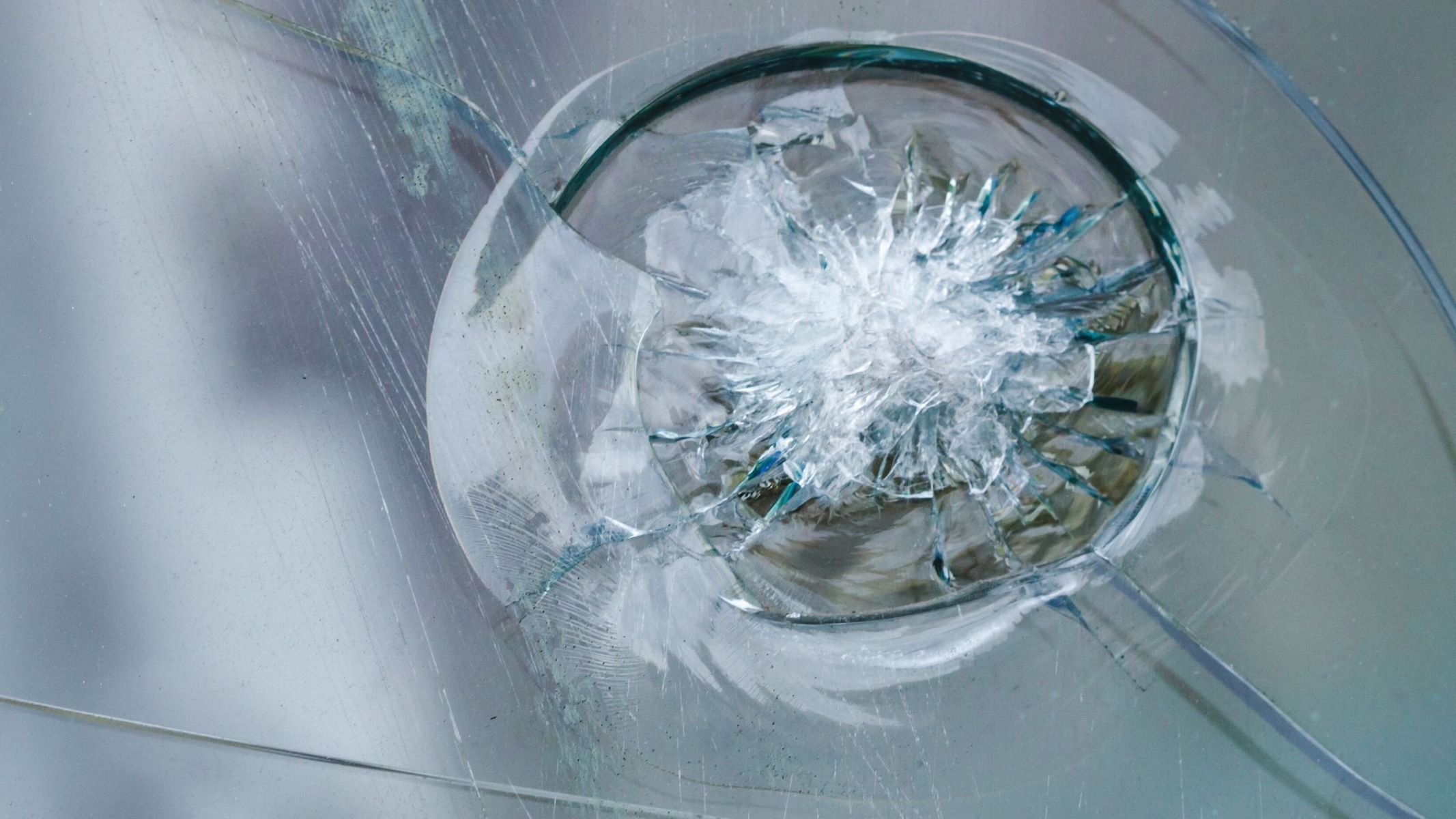
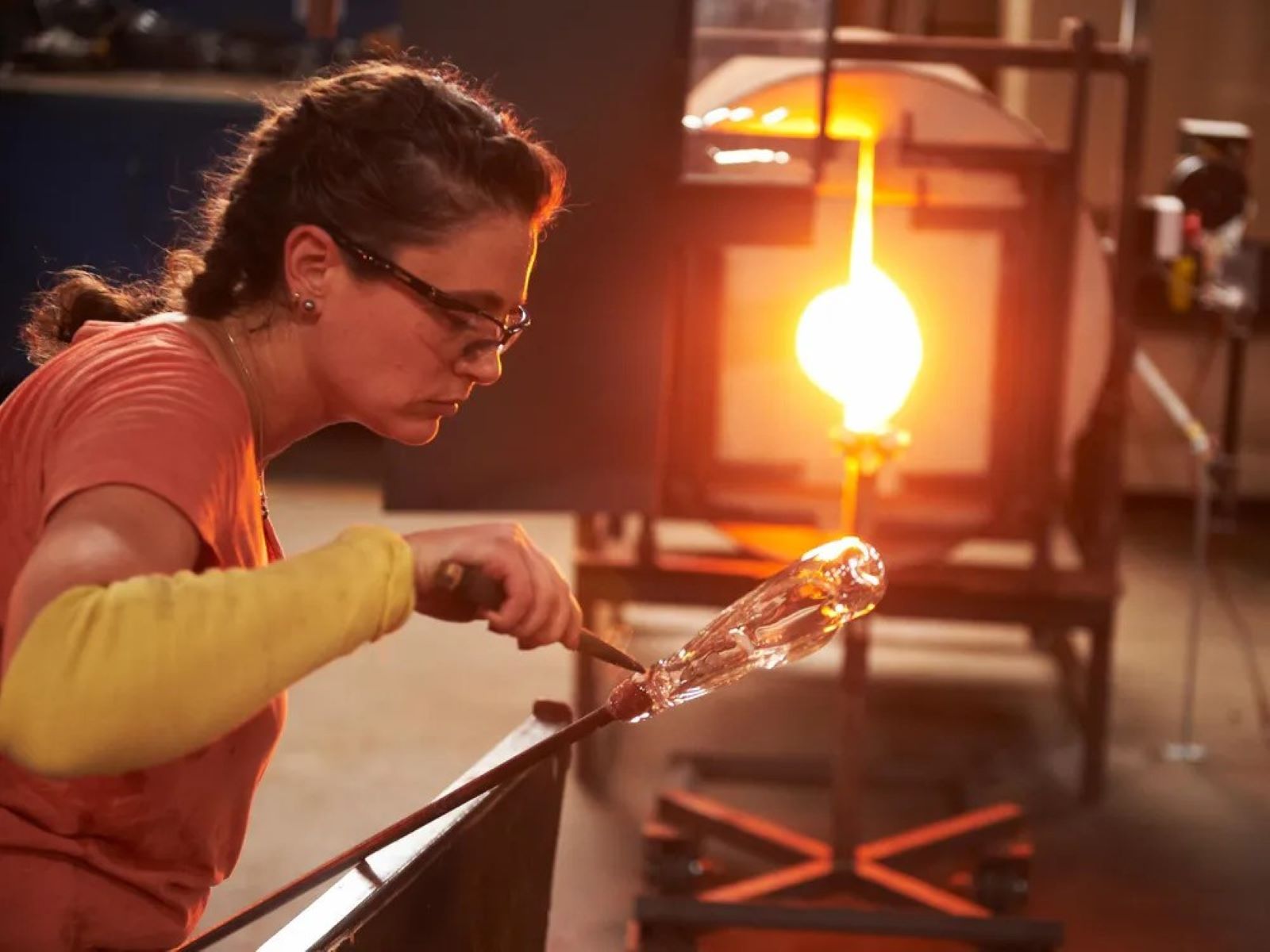

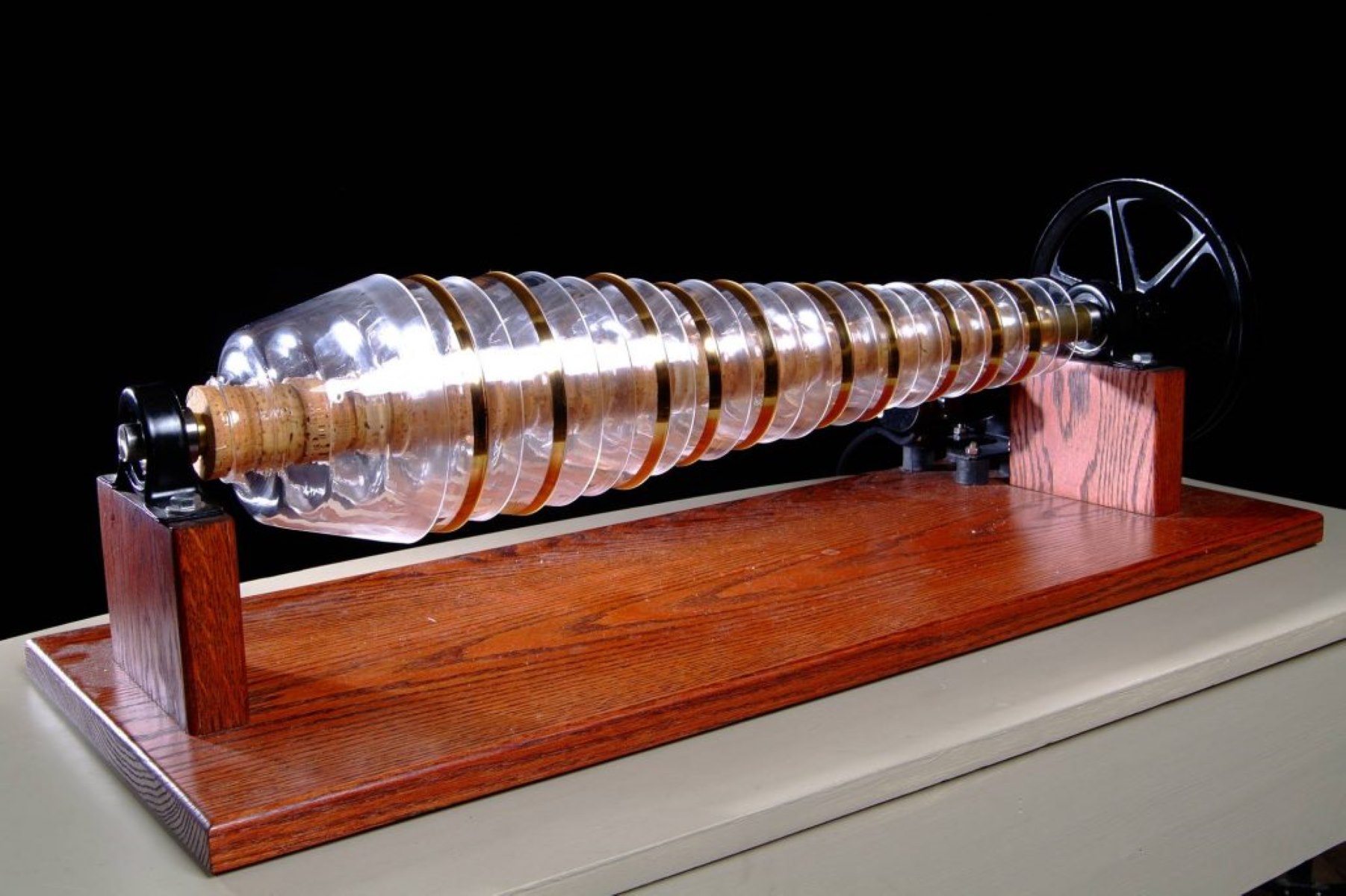
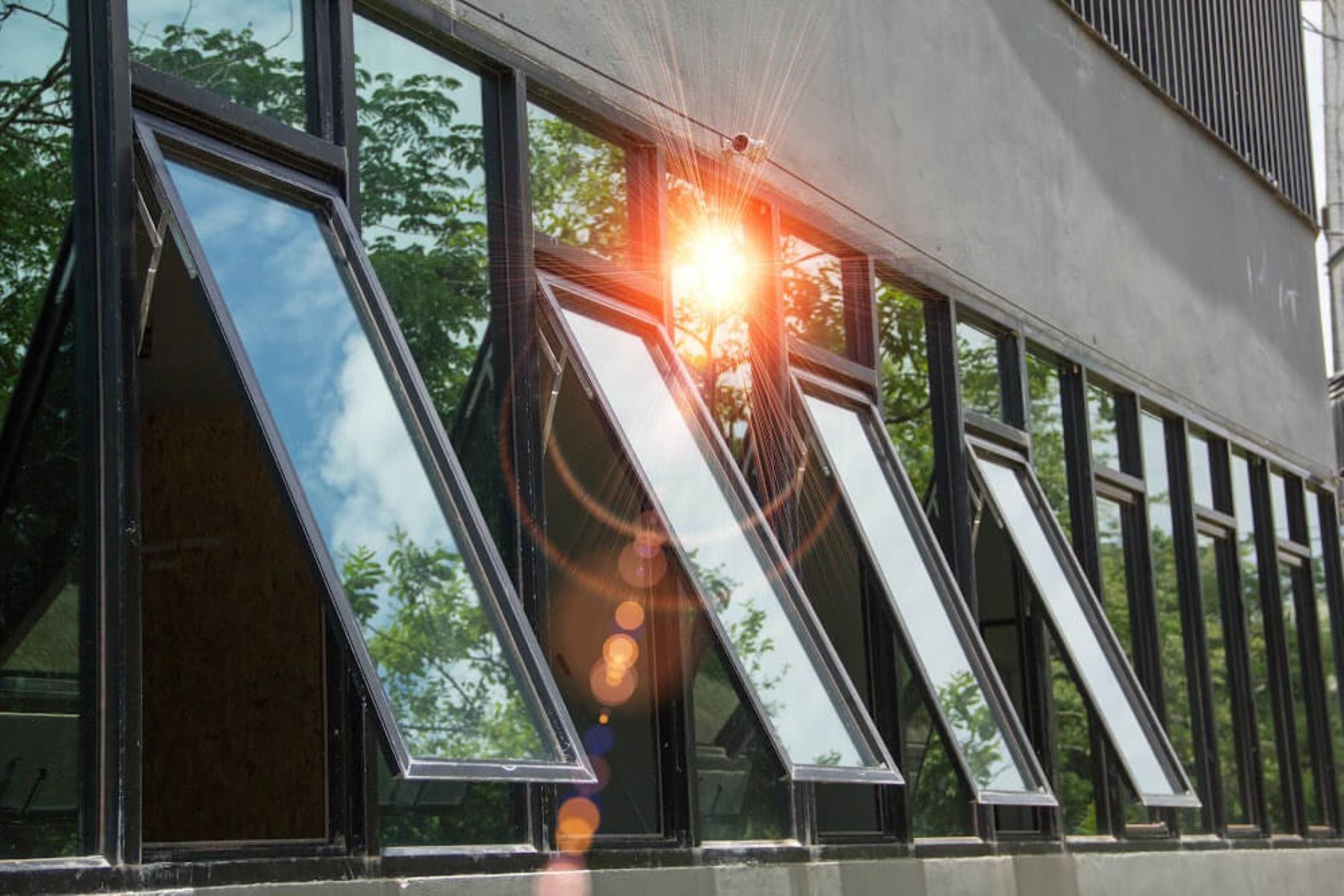
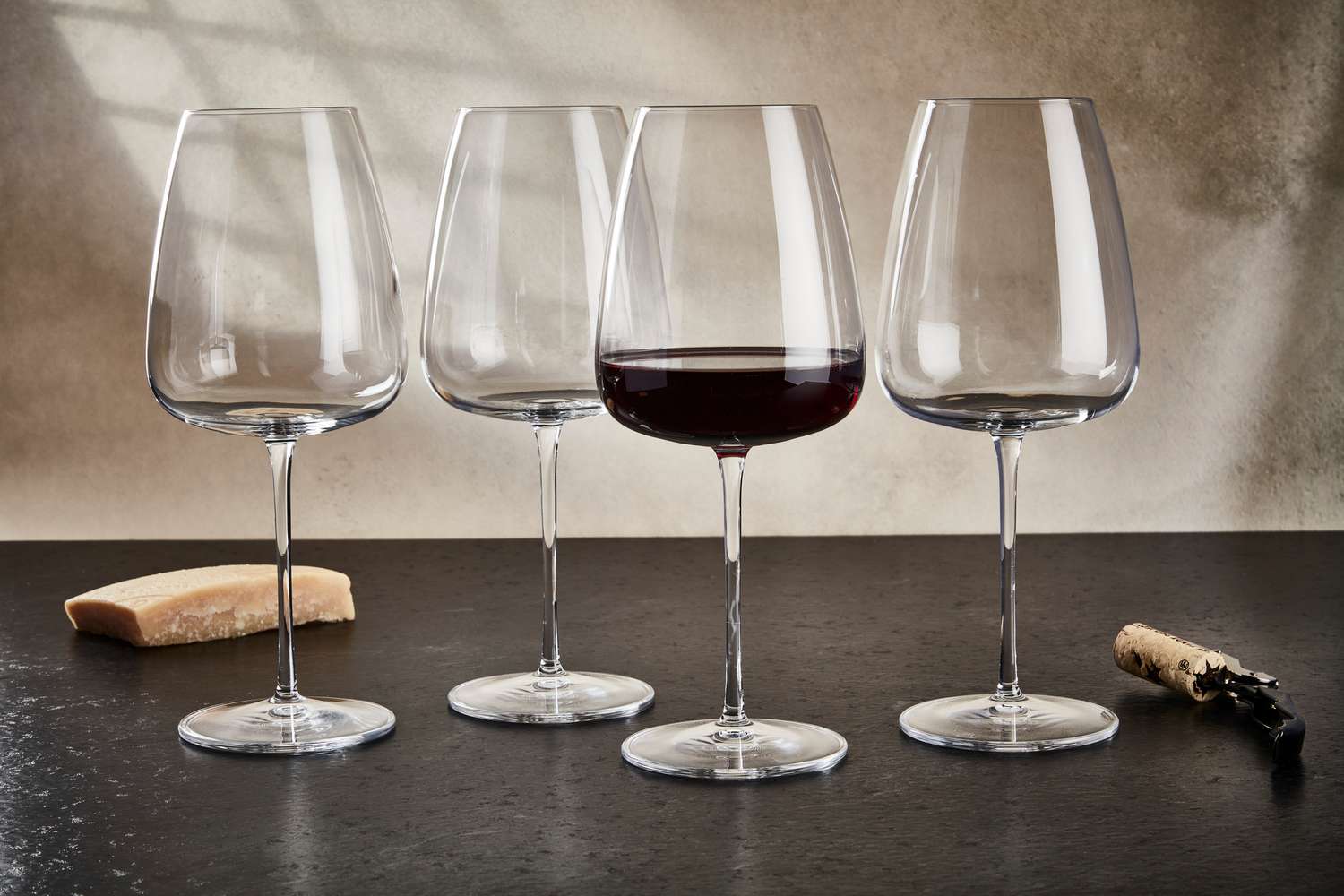

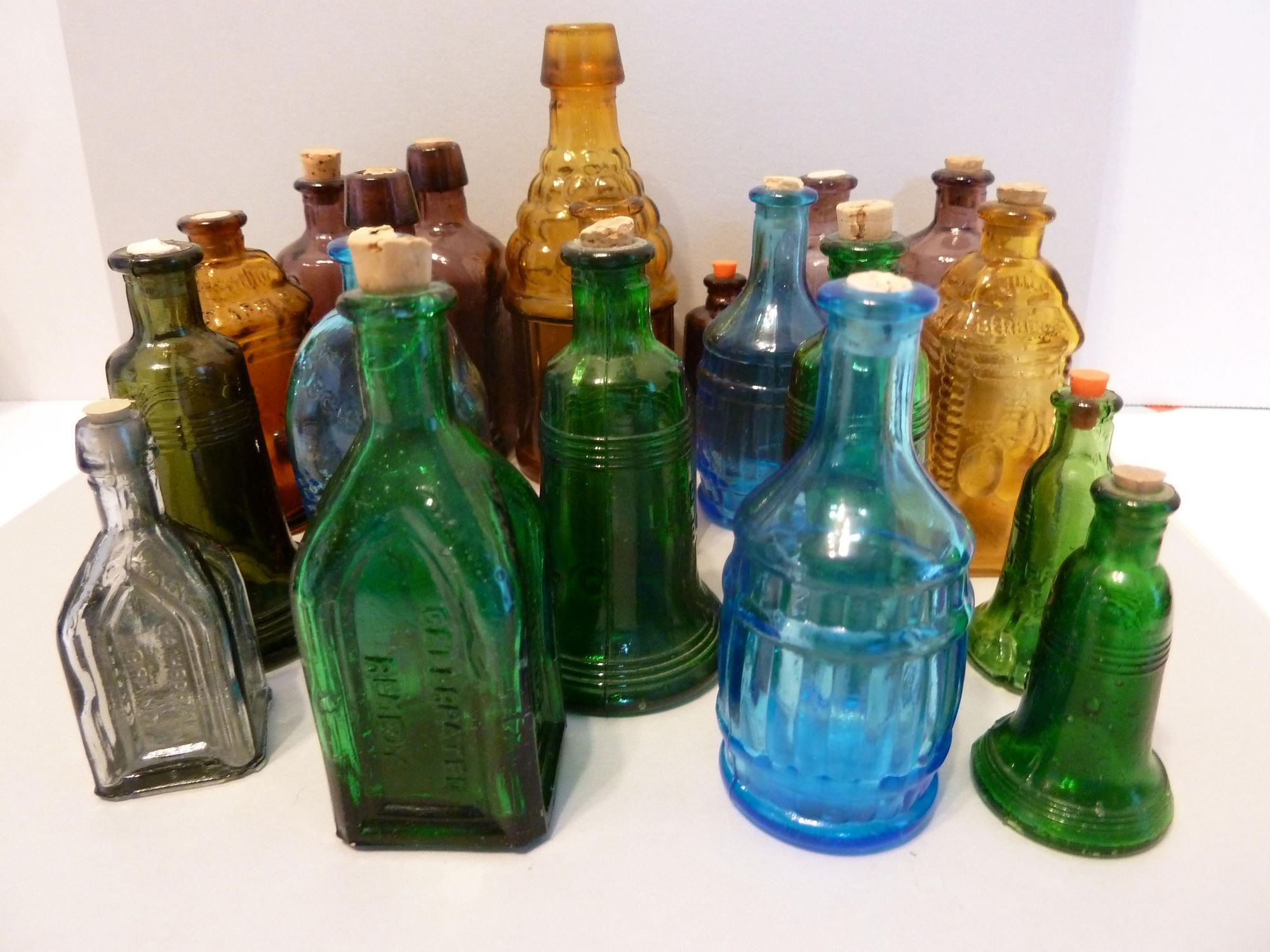


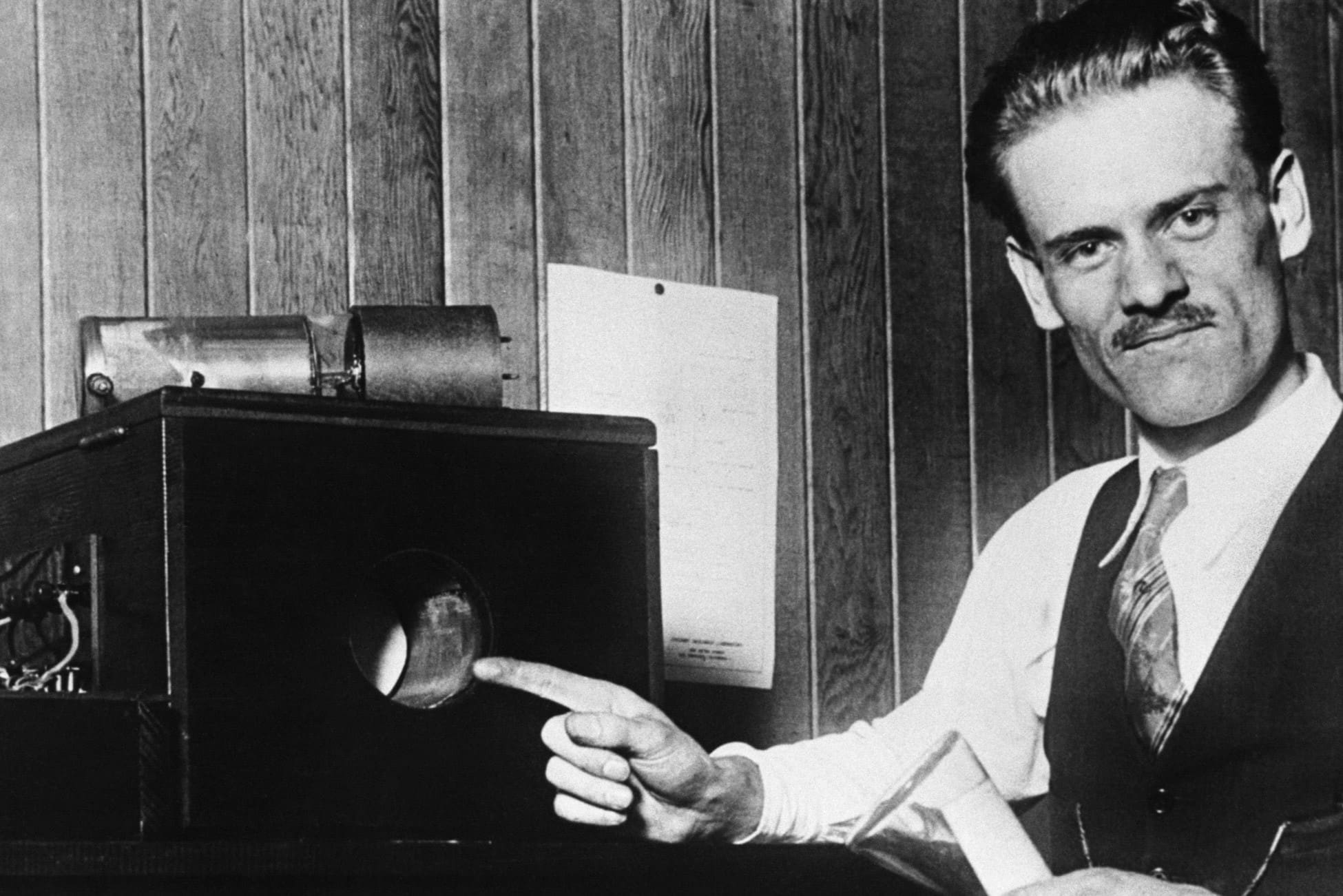
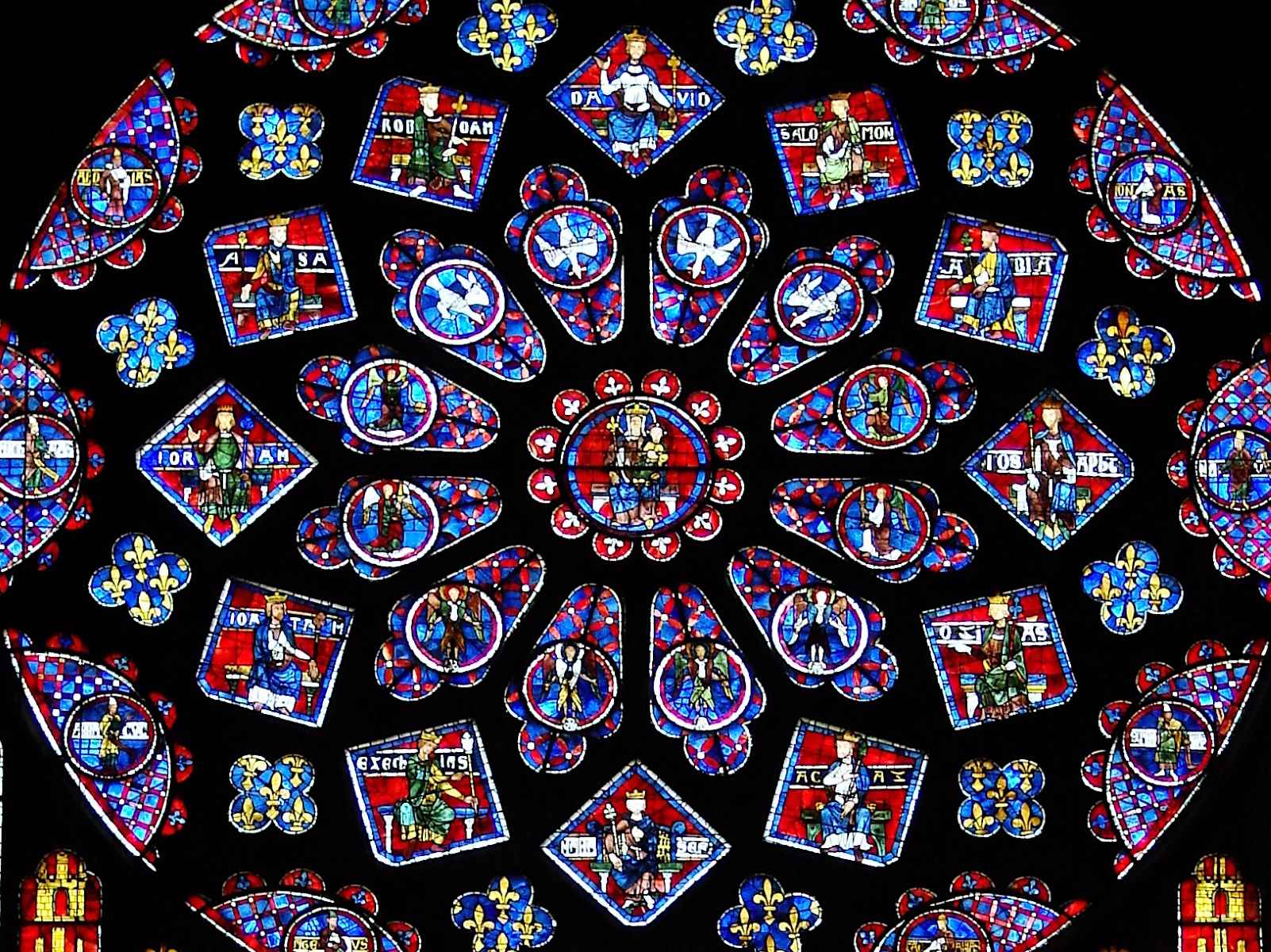
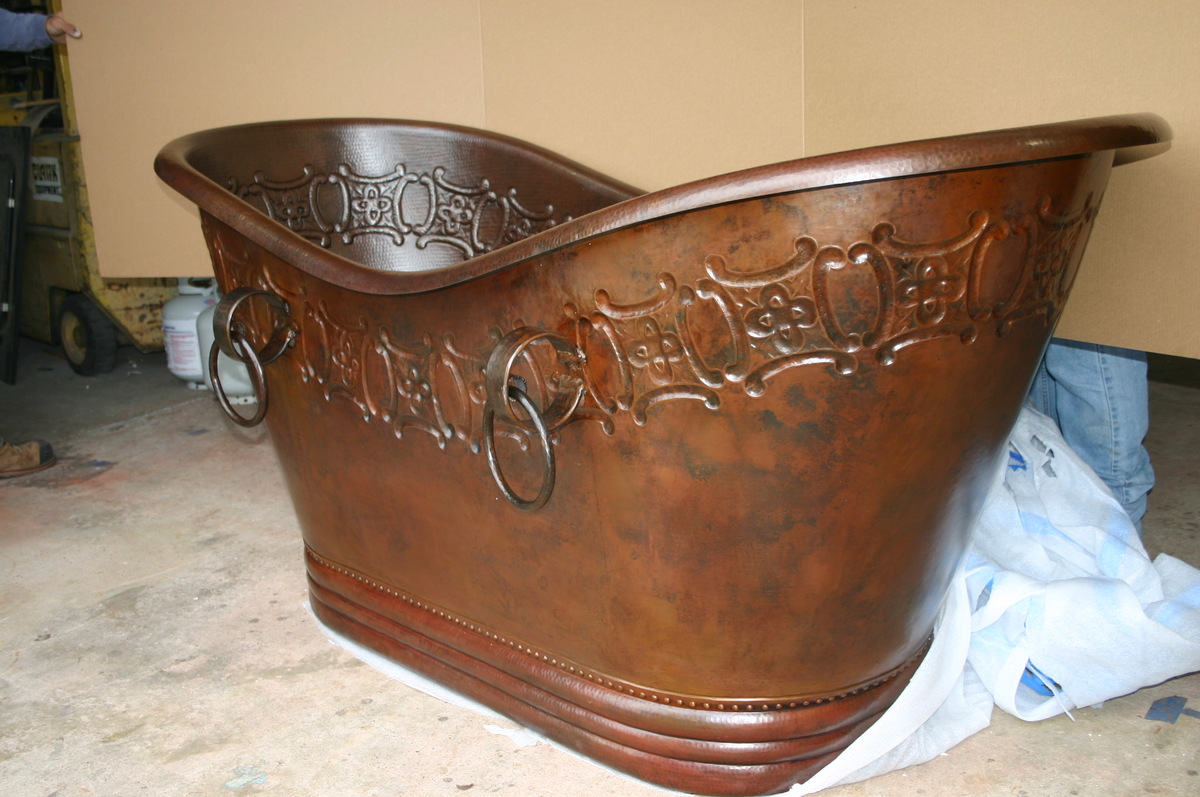


0 thoughts on “How Was Glass Invented”